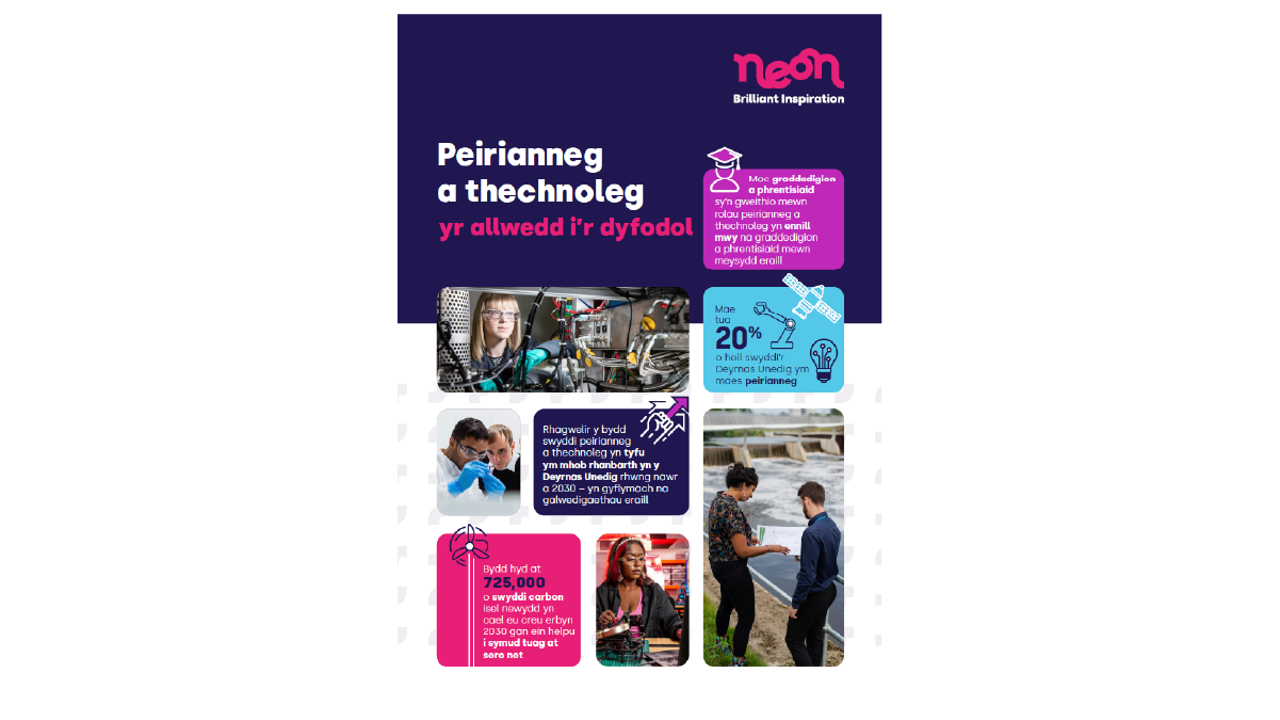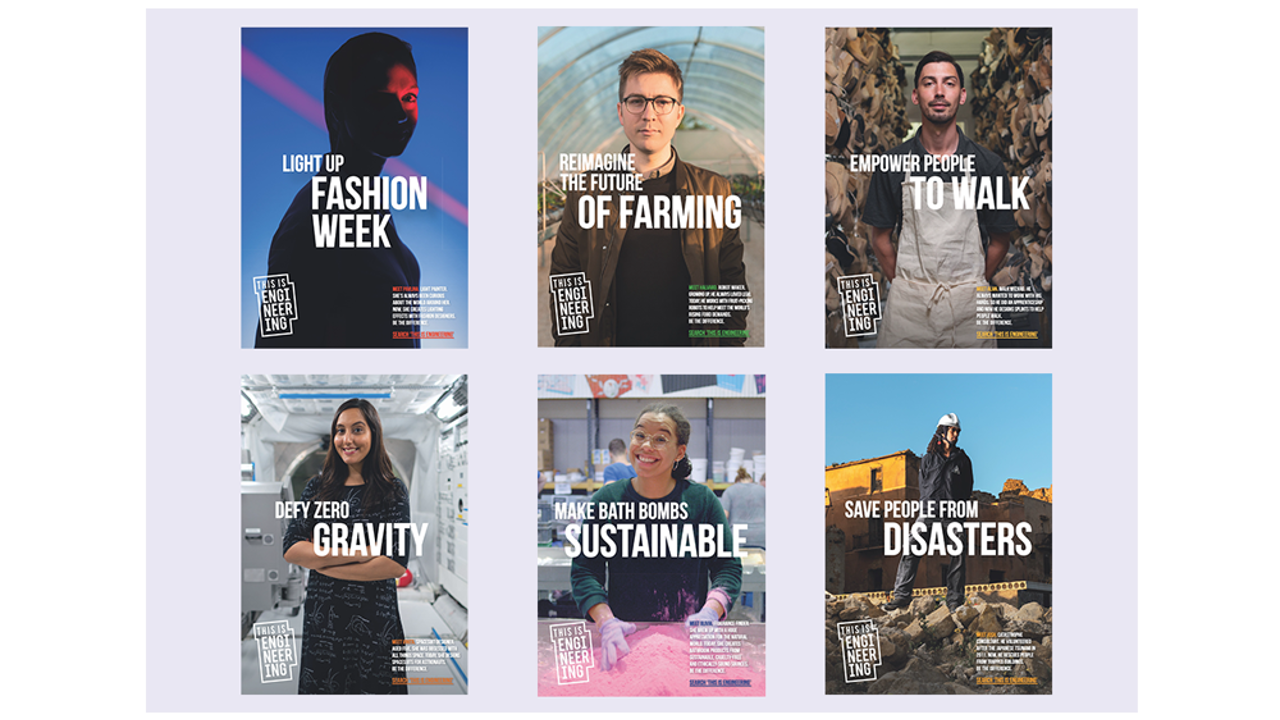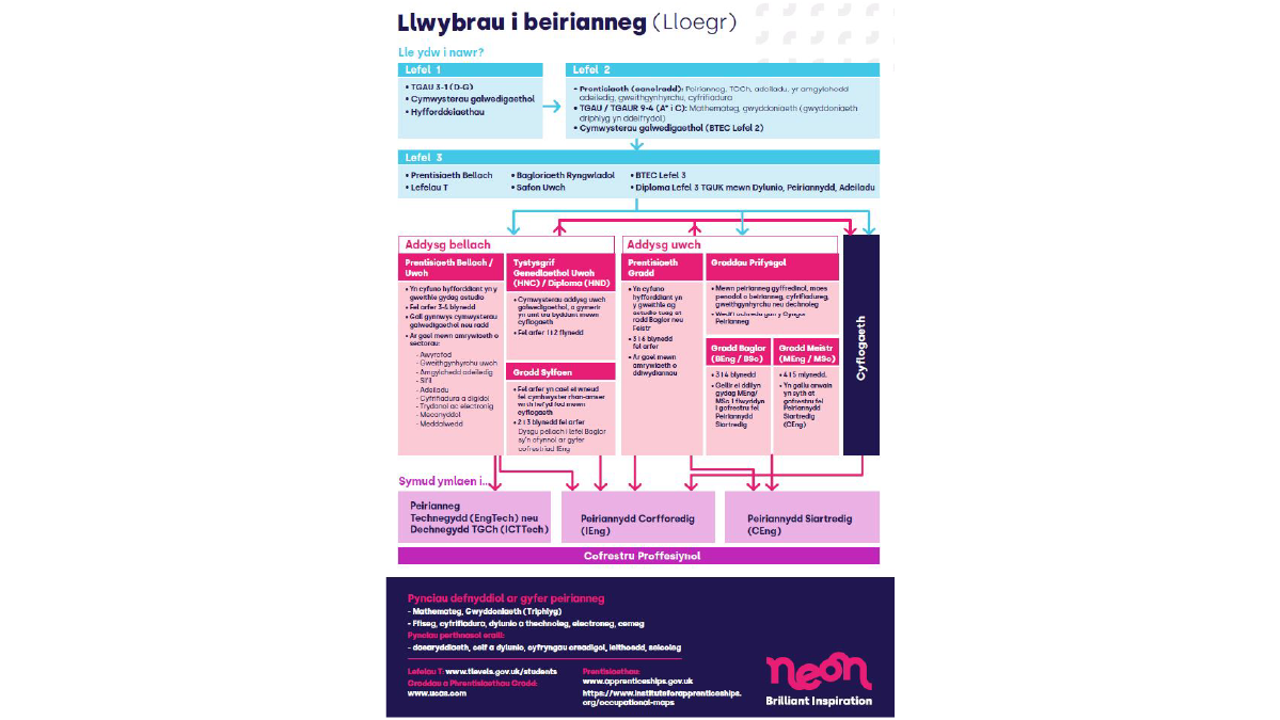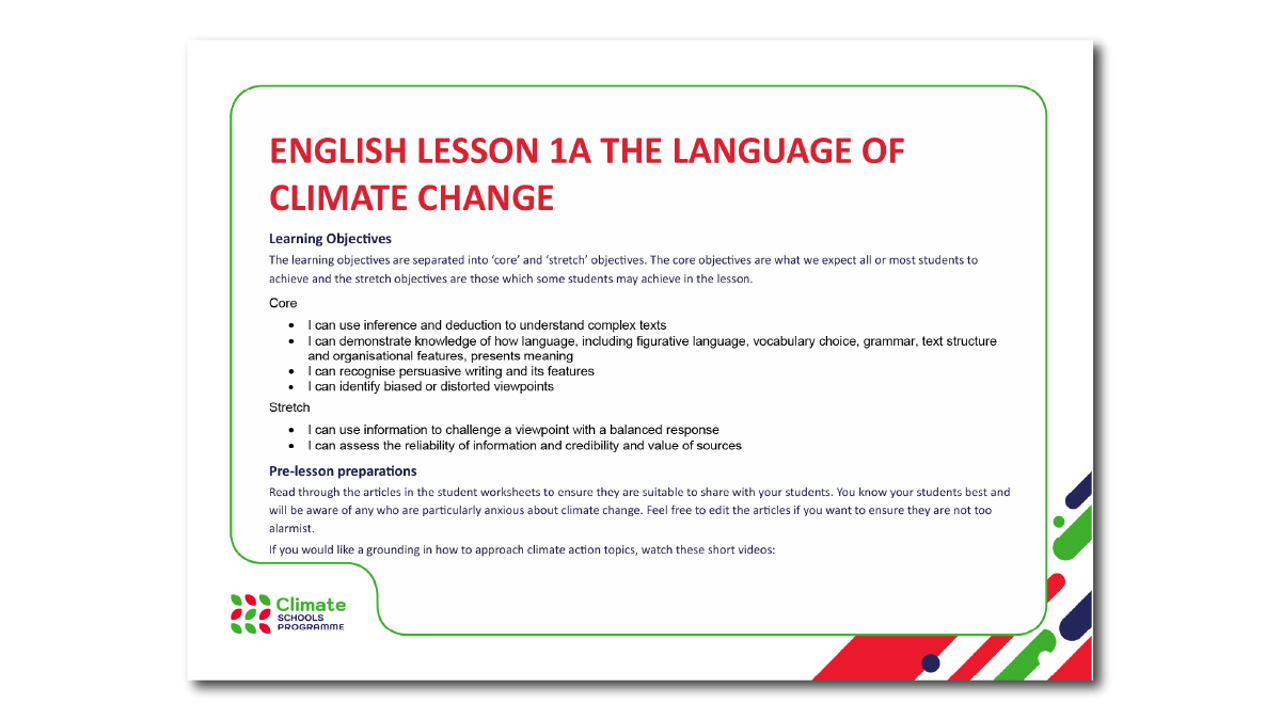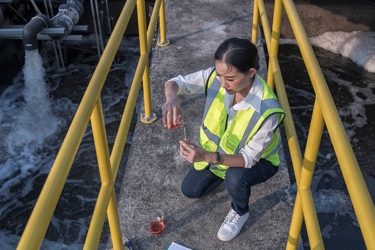
We need engineers
Engineering and technology is a massive sector, accounting for around 20% of all employment. It’s also predicted to be the fastest growing sector in every region in the UK. We look at who makes up the workforce and the industry and roles they work in. We also look at skills needs and future demand, including the demand for engineering skills to achieve net zero. We also analyse educational pathways. This helps us understand the future supply of talent into the sector.
Employment
Engineering and tech employs 6.4m people. Despite the size of the sector, there are still significant skills shortages so employment prospects are good. 1 in 5 jobs in the UK are in engineering but 1 in 4 of all job adverts are also in engineering. So, people with these skills are in demand. That’s true now and will persist into the future.

Wages
Graduates and apprentices working in engineering and technology roles earn more than graduates and apprentices in other areas. Professional engineers generally earn more on average than other professionals. Experienced engineers in senior roles can earn more than £80,000 a year.
Diversity
Everyone benefits when a workforce is more representative. We need the engineering and tech sector to be more diverse. Women are the most underrepresented group, making up just 16.9% of workers compared to 56% across the wider workforce. We need more girls to see a future for themselves in engineering and tech.
People from more disadvantaged backgrounds are also less commonly employed in engineering and tech than in other sectors. The same goes for disabled people and those from UK minority ethnic groups, though gender imbalance is by far the biggest issue.
Green jobs
Engineers are vital in tackling climate change. This is reflected in the current jobs market. The number of recruitment adverts for green engineering jobs has gone up 55% in the past 5 years. Up to 725,000 new low-carbon jobs will be created by 2030 helping us move towards net zero. Many of these are in energy, construction and transport. But they are also food production, farming, logistics, apps, ocean clean-up and fashion. And more!
Download green careers resources

Regional differences
Different parts of the UK have different industries and skills needs. For example, many engineering jobs in the Midlands and the South have a mechanical and electrical engineering focus. London and the South East have a high concentration of jobs in ICT and civil engineering. Skilled trades, industrial and general operative roles are more concentrated in the North of England, Wales and Northern Ireland. And Scotland has a very high degree of specialisation in environment, energy and earth roles.
Girls
Girls are underrepresented in engineering and technology career pathways. As they progress through education and training girls drop out of these pathways. 50% of those taking GCSE Physics and GCSE Maths are girls, but girls only make up 16% of engineering apprentices. At university the proportion is even lower.
In the engineering and tech workforce, women make up just 16.9%.
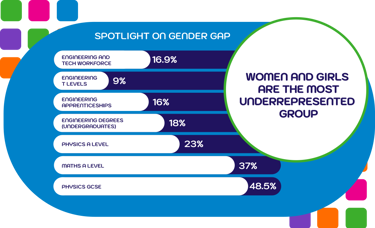
6.4 million
people employed in engineering and technology in the UK
19%
of all jobs in the UK are in engineering and tech
1 in 5
jobs in the UK are in engineering and technology
1 in 4
job adverts in the UK are in engineering and technology
17%
of people working in engineering and tech are women
14%
of people in engineering are from UK minority ethnic groups
24%
of people in engineering are from lower socioeconomic backgrounds
14%
of people in engineering are disabled

Careers pathways
Over the past 5 years, the number of students taking biology, physics and chemistry at GCSE has increased. 25% more entries for physics and chemistry and 30% more for biology. However, design & technology, which is an important subject for the sector, has gone down by almost half (48%).
Apprenticeship starts in engineering are below pre-pandemic levels. In fact, they are down 8% since 2018/19. And again, there are fewer women and girls than in other subjects. University is a popular pathway. Engineering is the 5th most popular subject in the UK. It accounts for 6% of all undergraduate entries.
Explore career pathways
Our resources
Kick-start your STEM inspiration journey with our resources. They cover everything from climate change and renewable energy to jobs of the future and all the different career pathways your students could take.

